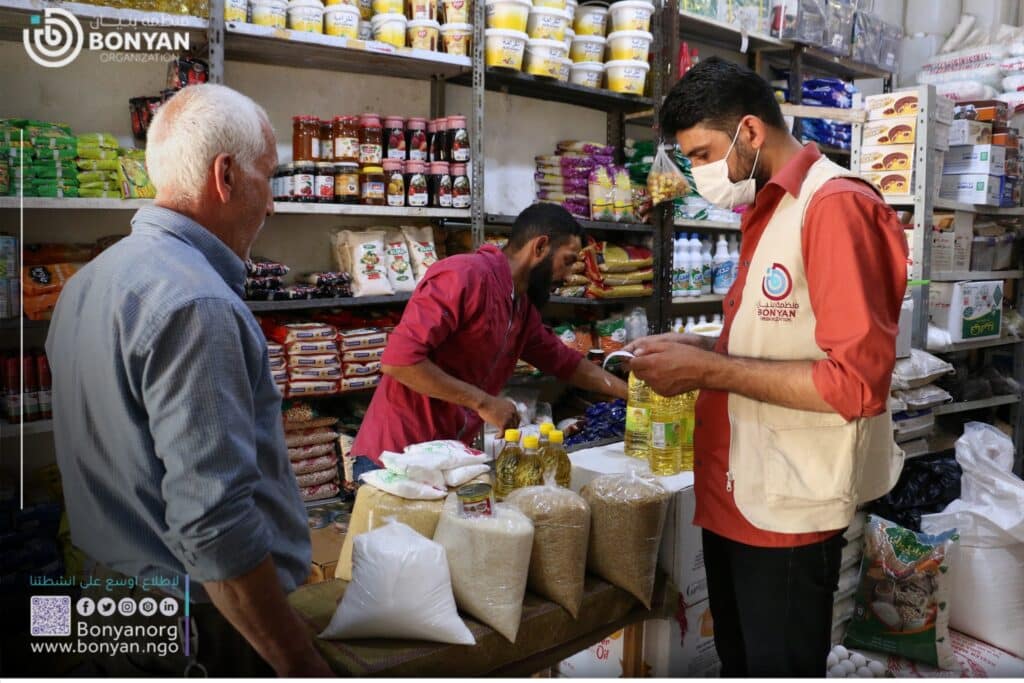Definitions of Food Security
Food security is a situation that exists when all people, at all times, have physical, social, and economic access to sufficient, safe, and nutritious food that meets their dietary needs and food preferences for an active and healthy life.
Components of Food Security
Every aspect of daily living is impacted by food. Not only does it involve feeling fulfilled and full, but it also involves a sense of community and belonging. Food security is having consistent, reliable access to safe food. Food security is determined by three components:

Availability of Food
Food availability refers to the physical inflow and presence of safe and nutritious food, such as grocery stores, food gardens, etc.
The availability of sufficient quantities of food of appropriate quality provides a healthy life free of diseases for all people.
Healthy food could reduce the risk of infectious diseases.
Access to Food
This component addresses the ability to purchase or exchange goods for foods, as well as foods that are given and other social mechanisms that affect access, such as affordability, family roles, etc.
Utilization of Food
Utilization focuses on the body’s ability to make the most out of the nutrients in food that are consumed. Factors contributing to this are storage and food preparation, such as access to a fridge, stove, or pest-free housing.
Importance of Food Security
Access to quality, nutritious food is fundamental to human existence.
Secure access to food can produce wide-ranging positive impacts, including:
- Economic growth and job creation
- Poverty reduction
- Trade opportunities
- Increased global security and stability
- Improved health and healthcare

Food Insecurity
Since the food security measure uses multiple items, it covers households worrying about food running out, dietary quality and variety, and quantity of food consumed.
Food insecurity is measured at two levels of severity. In households with low food security, the hardships experienced are primarily reductions in dietary quality and variety.
In households with very low food security, the hardships experienced are reduced food intake and skipped meals.
Causes of Food Insecurity
Unfortunately, many people struggle to meet their basic needs, increasing their food insecurity risk.
Lay-offs at work, unexpected car maintenance, or an accident on the job can suddenly force a family to choose between buying food and paying bills.
The causes of food insecurity are complex. Some of the causes of food insecurity include:
- Poverty, unemployment, or low income
- Lack of affordable housing
- Chronic health conditions or lack of access to healthcare
- Systemic racism and racial discrimination
Hunger and Food Insecurity
It is important to know that though hunger and food insecurity are closely related, they are distinct concepts. Hunger refers to a physical sensation of discomfort, while food insecurity refers to a lack of available financial resources for food at the household level.
Effects of Food Insecurity
Research shows an association between food insecurity and delayed development in young children;
- Risk of chronic illnesses like asthma and anemia.
- Behavioral problems like hyperactivity.
- Anxiety and aggression in school-age children.
FAQ
What Is the Main Cause of Food Insecurity?
The most common cause of food insecurity is low income.
What Are Examples of Food Insecurity?
Parents in food-insecure families might have enough food to feed their children but might experience hunger themselves.
What Does Food Security Means?
When all people, at all times, have physical and economic access to sufficient, safe, and nutritious food that meets their dietary needs and food preferences for an active and healthy life.
What is the Difference Between Food Security and Food Insecurity?
Food security is categorized as either high (no issues) or marginal (typically some shortage of food with associated anxiety about sufficient food supply). Food insecurity, at the lower end of the scale, ranges from low to very low food security.



